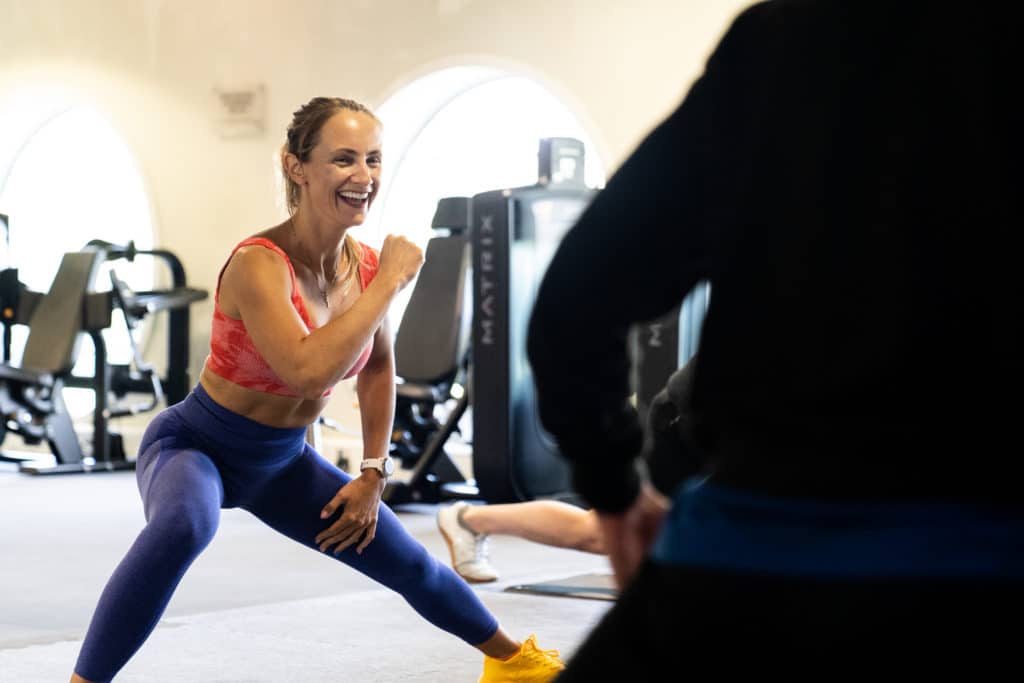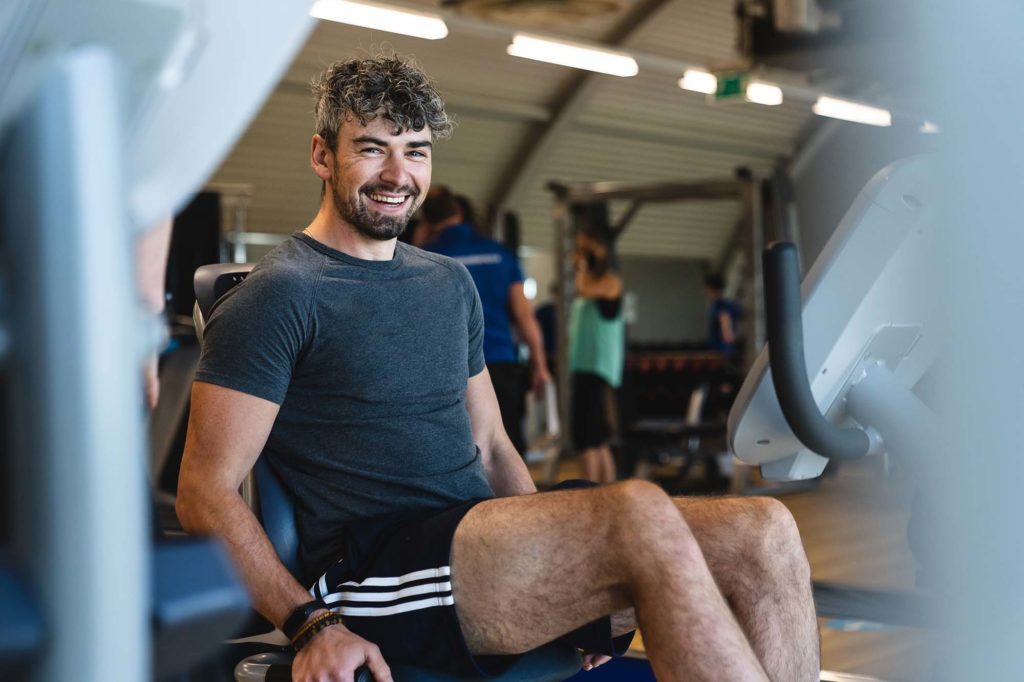The fitness industry is ever-growing year on year; according to Statista, gyms and fitness centres in the United Kingdom have been continuously growing since 2011, with a slight drop in 2020 – 2021 as expected from COVID 19. The number of gyms and fitness centres doubled between 2011 and 2018, highlighting a boom in the fitness market.
Naturally, a benefit of this is the broad scope and demand for personal trainers or nutrition coaches. As more gyms open, more job opportunities arise. Although the fitness industry is a large market, this, in turn, encourages people to qualify in the sector as Personal Trainers to get the most from the market. According to Statista, in 2011, there were just over 15 thousand personal trainers in the UK; this figure increased to just over 23 thousand by 2020.
- Find your passion in the industry
- Get certified
- Get started with clients
- Keep pushing

Find Your Passion
The world of fitness and nutrition is constantly changing and expanding as consumer needs change and adapt. Discover what area in fitness has become your passion or interest. Often people looking to pursue a career in fitness and nutrition are people who have adopted a health-focused lifestyle and quickly become go-to fitness and nutrition experts. Below are a few questions to help you figure out what you may feel passionate about:
- Does your passion lie in wanting to help other people reach their fitness goals? Becoming a personal trainer might be the correct route for you.
- Interested in outdoor sports? You may consider becoming a group fitness instructor.
- If you are interested in clean eating and making healthy food choices, becoming a nutrition coach may be an alternative route to enjoying your passion.
Get Certified
The next step to creating a career would be to become qualified in your particular passion. Gaining your qualification will make it much easier for you to explore job opportunities and start engaging with clients by having the necessary qualifications.
Personal Training Qualifications make it easier for clients to understand the skills and education you have within your job as a personal trainer; this qualification is often mandatory when you apply for positions in health clubs and gyms. The minimum qualification for a Personal Trainer is a Level 3 Personal Trainer Course. Alternatively, you can study continuous professional development courses (CPD) in specialist areas; this would demonstrate to your clients’ strength areas within your skillset and additional knowledge outside the standard qualification.
Nutrition qualifications such as a Level 4 RSPH and the Level 5 Nutrition Course provide the confidence and skills you would need to provide requirements for groups such as vegan and vegetarian diets, older adults and children or for sport and exercise to help you widen your scope of practice as a nutrition professional. A Level 5 is the perfect alternative to study nutrition outside degree level, with this being the highest level of recognition outside a degree. This course provides a more scientific approach to the ‘why’ behind nutrition advice.
If you have a passion for fitness and nutrition, there are qualifications such as a Level 4 Personal Training Course with RSPH Nutrition which will provide the skillset to do both.
Get Started with Clients
To start raising awareness and selling yourself, you should invest some time into building social media profiles across all platforms to demonstrate your scope of knowledge. Marketing techniques are a vital part of increasing client sign-ups. Create a website, email and social media handles and push yourself digitally.
If you are currently working within a gym and just starting out, use this opportunity of people investing their own time into fitness to start talking to them. Get to know their goals, understand how they are currently training, and find out if they need advice or guidance on anything.
At this point, you are in an excellent position to offer advice to the individual to show that you have an interest in them being successful.
Individuals are more likely to invest time and money into you as a personal trainer if they know first-hand that you are supportive and knowledgeable in their current fitness goals. If you have started to build a relationship with them by making an effort to approach them and offer guidance, they likely recognise this if they were to consider personal training. One way to encourage a PT session from an individual would be to suggest a taster session, this way you can show them how you would be beneficial to their overall fitness.
Keep Learning & Pushing Yourself.
As the fitness industry grows, so do trends and knowledge. As you would expect, as a personal trainer, it is essential to stay on top of these trends and push yourself to learn more. You must continue to invest in yourself by putting your own time into continuous professional development (CPD) courses; not only will this put you on top of your game with newly qualified PT’s, but it will also demonstrate to clients that training with you ensures they have the most up to date knowledge on trends within fitness.
In turn, this is likely to benefit your potential earnings. Each CPD course you take provides you with CIMSPA points. This is something you can take to your employer or even your client to show that you invest time and money into yourself, which makes you different from other personal trainers, meaning you can charge more.

Final Thoughts
If you’re unsure if a career in fitness and nutrition is right for you, training providers like Future Fit Training offer career guidance and support from their very own career advisors. Utilise this opportunity to discuss what you would like to achieve and what is needed to achieve that end goal.